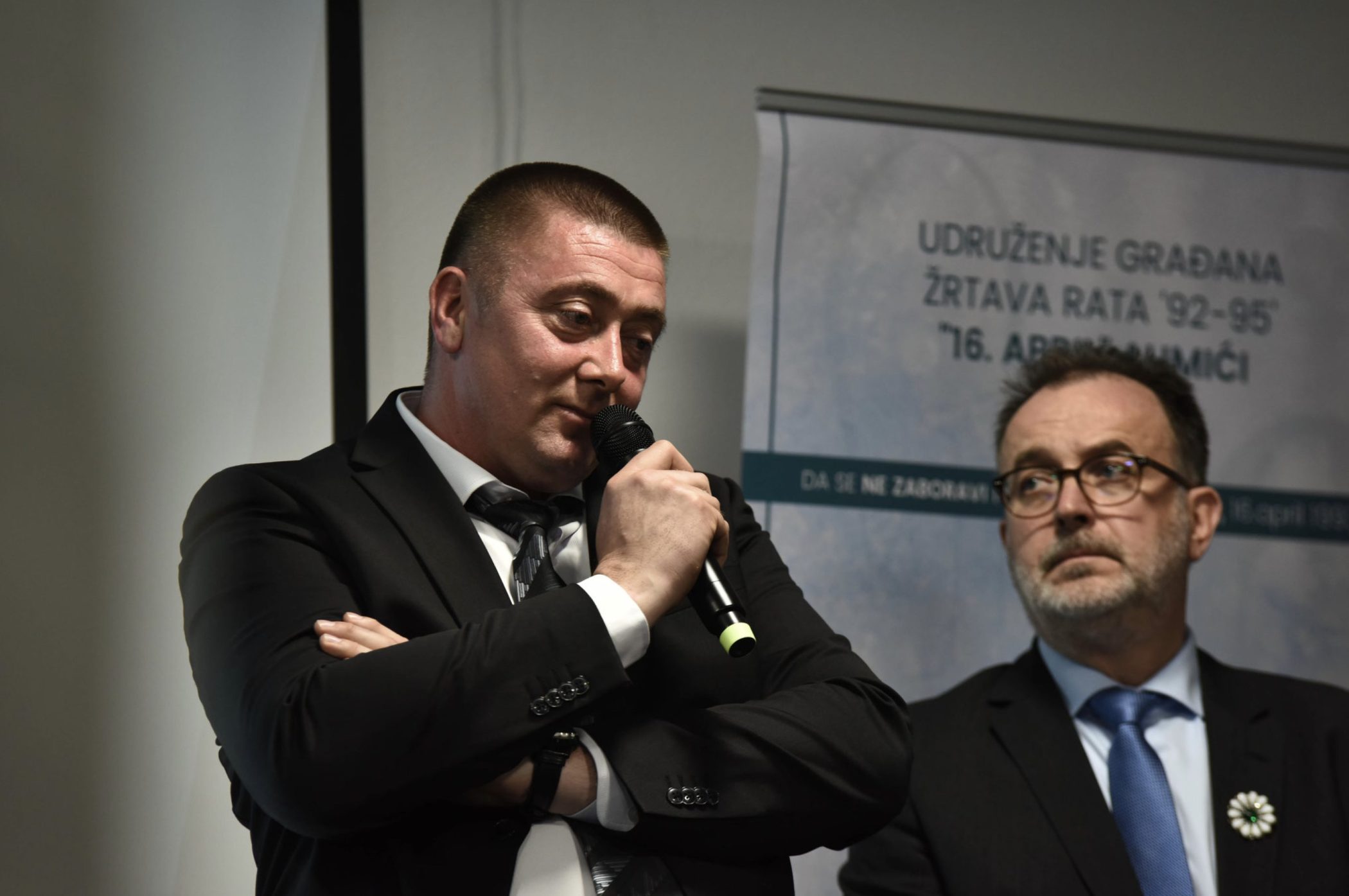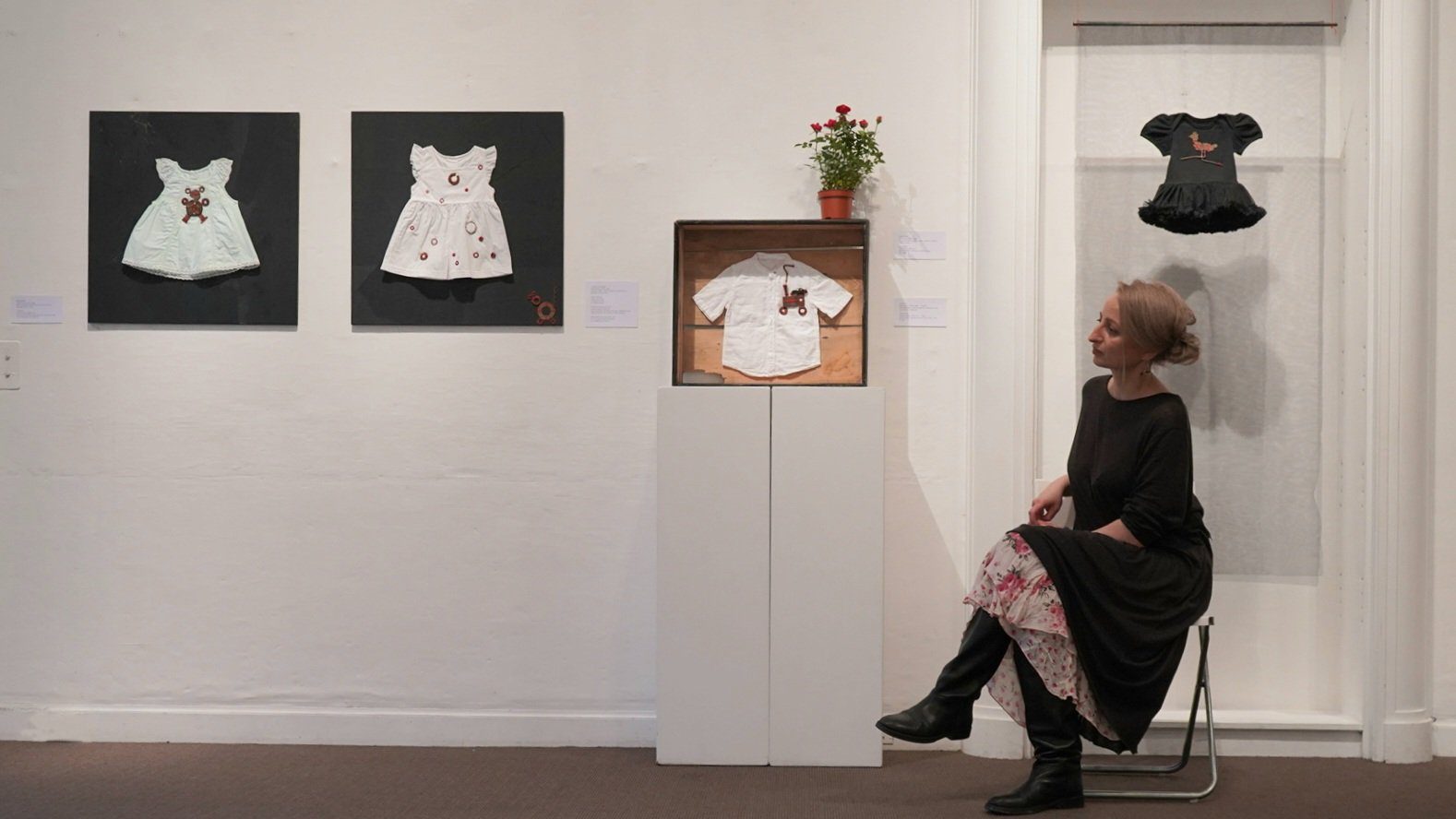This post is also available in: Bosnian
Over the past two decades, the Hague Tribunal has convicted 14 people of genocide and other crimes in Srebrenica – the result of investigations by a team led by French police officer Jean-Rene Ruez.
Ruez told BIRN in an exclusive interview that the investigation into the events in Srebrenica started from journalist rumours, and ended with clear evidence about mass executions with forensic data gathered from mass graves. >
But after months spent gathering evidence, Ruez said that he was still uncertain if genocide had actually taken place in Srebrenica.
“I waited until March 1996 and the end of the prisoner exchange process to be mentally sure that these people weren’t being held somewhere. Only when we found the first secondary grave, I was sure that the information from the investigation was true. I had problem accepting this was true. Black and white images we saw on TV, historical reports about the most horrible events in World War II, was now happening in colour,” he said.
Ruez recalled that he was part of the Sarajevo investigation team of the International Criminal Tribunal for the Former Yugoslavia when in 1995 he went with a colleague to Tuzla to see around 25,000 refugees from Srebrenica. He said he was interested in media reports that men from Srebrenica who never made it to Tuzla, had been killed.
“We spent the end of July and August going through as many statements as possible. We tried to identify places the witnesses were mentioning, tried to find maps. We knew nothing about the area. I came to the Tribunal in April and I didn’t know where Tuzla was on the map… Everyone was a victim; everyone had a story to tell. Within the investigation, we had to find the best witnesses in a mass of information, who saw something with their own eyes. We had to extract diamonds from a coal mine. That was the challenge in the summer of 1995,” he said.
Even though the team got a third investigator, it was still a small-scale operation and time was vital.
“When you interview someone in Paris, New York or London, you take as much time as you need… The maximum time we had with victims was five hours including translation… That is not enough time. You can’t say, ‘we’ll see you tomorrow’. You have other people tomorrow,” said Ruez.
After the first discussions with mass execution survivors, the focus of the investigation turned to the killing sites. Ruez sai that all the witness testimonies needed to be checked because he feared he could be a victim of wartime propaganda.
The next issue was entering Republika Srpska.
“We had problem with access to crime scenes. We needed to enter Republika Srpska, where all the political and police and military personal was still there and we needed to dig in their yard to gather evidence against them,” Ruez recalled.
The first visits to Srebrenica crime scenes were organised when the American under-secretary of state visited Bosnia, in order to ensure freedom of movement.
“We told him to go to some places we wanted to see, like the school in Grbavci and the warehouse in Kravica … We started gathering evidence, photographing, taking samples to see if traces that looked like blood came from humans or animals,” said Ruez.
Kravica – House of Slaughter
Ruez says a team of investigators spent a week at the Kravica warehouse where they collected hundreds of samples.
“We gathered blood samples, skin on the wall, bomb traces, fibers… It was a slaughter house, an unbelievable crime scene. It was cleaned, but some things were discarded. We found casings, teeth and some details which confirmed witness accounts,” he said.
By the end of 1996, around 90 per cent of the execution and detention sites had been analysed. The first exhumations started that year, but it soon turned out that the bodies had been moved.
“Where, based on testimonies, we expected to find several thousand bodies at the end of 1996, we had less than 500. Bodies were moved, god knows where. We went into a new phase – where were the bodies? I remember an article in 1996 in Newsweek – ‘Genocide without corpses’,” said Ruez.
In order to solve the problem, aerial footage was requested from the US, which enabled the discovery of secondary graves.
“By the end of October , perpetrators started a new operation, equal in size to the operation of destruction of prisoners, in order to drive all the bodies, to bulldoze them from the ground, put them on trucks and drive them to remote areas, which were war zones, where there were mines… By the end of 1997, we had 29 secondary graves,” Ruez recalled.
Through the analysis of soil, pollen and casings, as well as other pieces of evidence, investigators connected the primary and secondary graves.
The area in which the men from Srebrenica were detained, then executed and buried, according to Ruez, made the crime scene unbelievable in size – 70 kilometres from north to south and 40 kilometres east to west.
“The fathers of those who did this are turning in their graves, because they did the same thing as the Nazis, and they were the victims of Nazis. This was the most shocking thing. Coming to Yugoslavia, I knew I would be shocked, but to find such a methodology of destruction, as was used by Nazis, was shocking. I did not accept it at first,” he said.
Ruez said he is not sure what kind of lessons Srebrenica can hold for the future.
“Look at what is happening today . What has Srebrenica taught us? It has taught perpetrators to hide evidence better. It has taught them not to be stupid,” he said.

